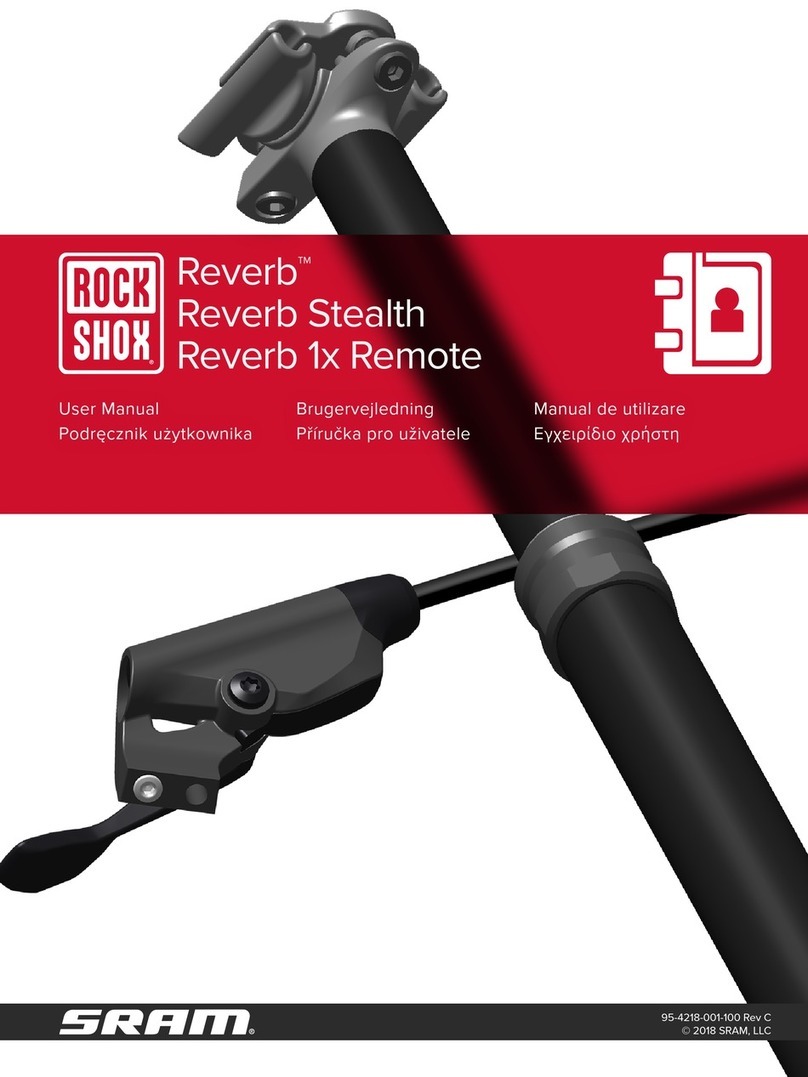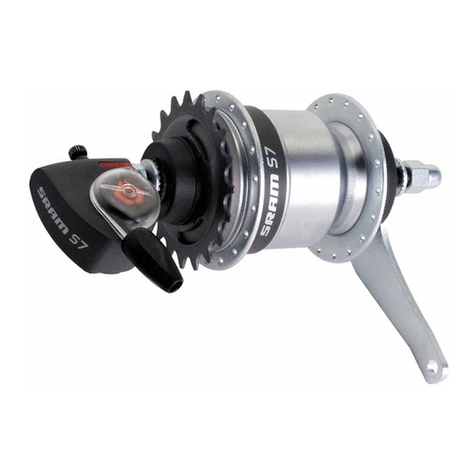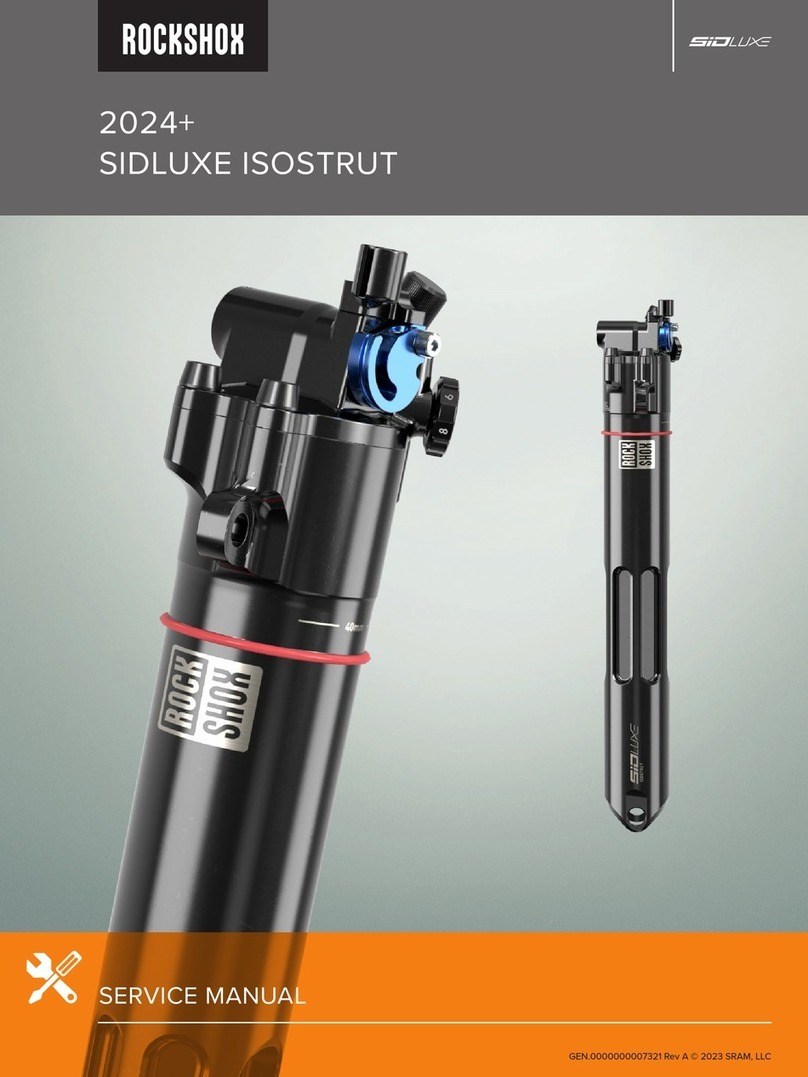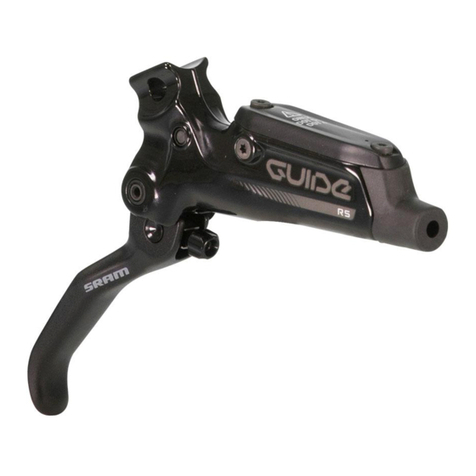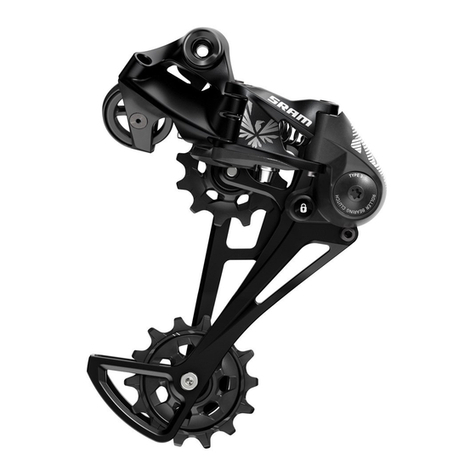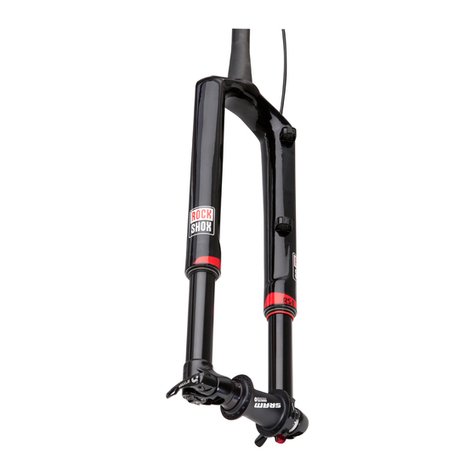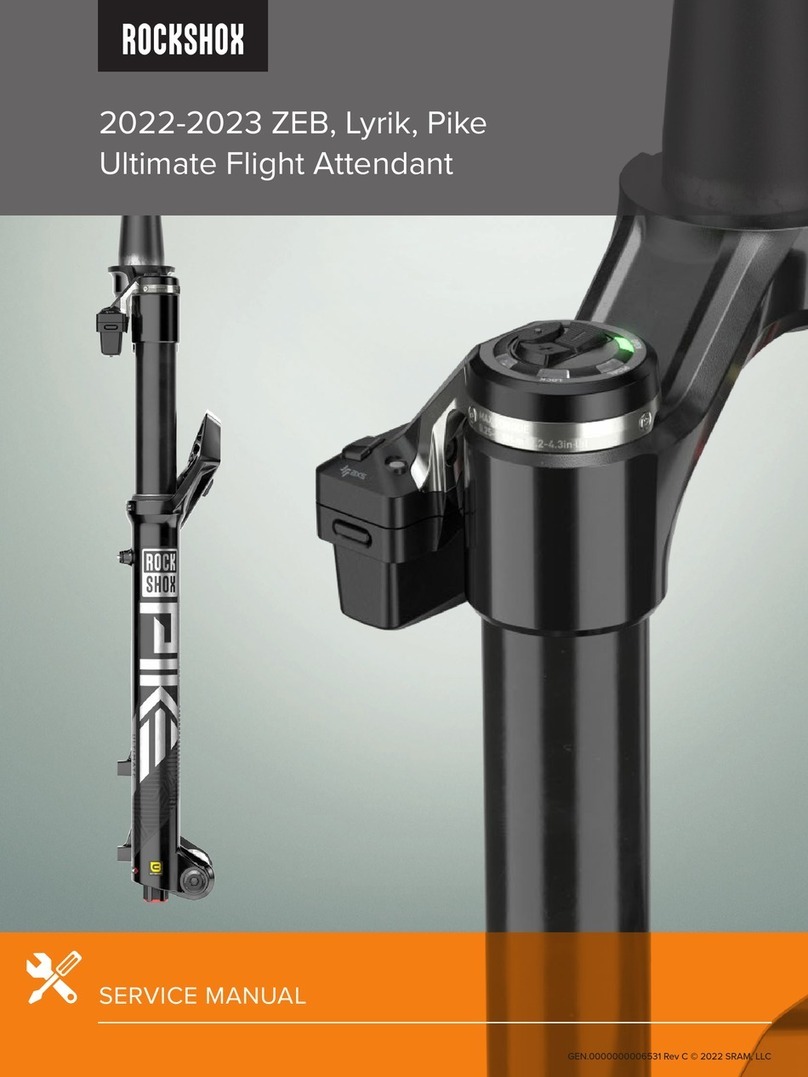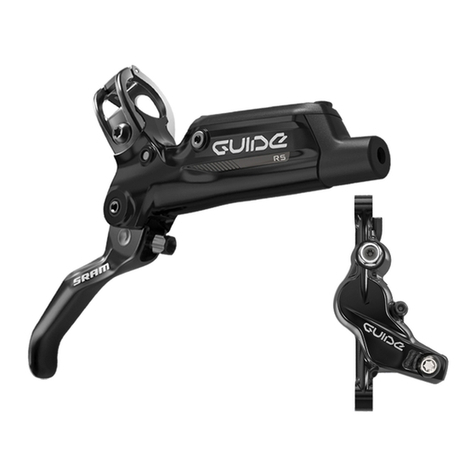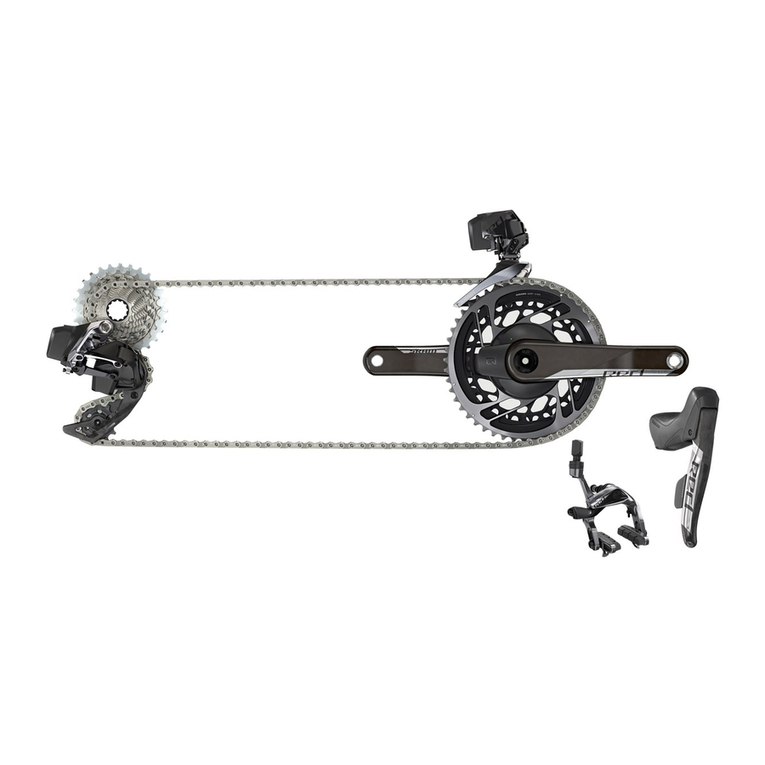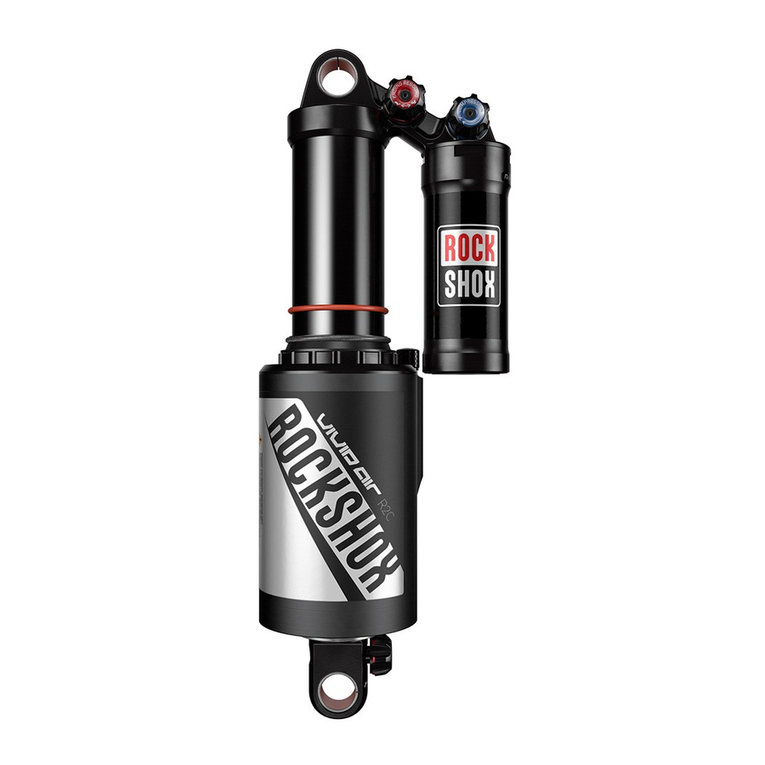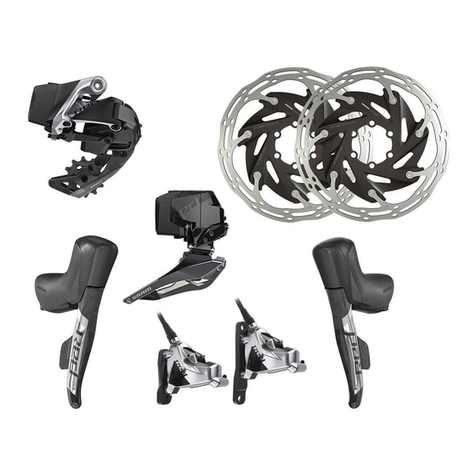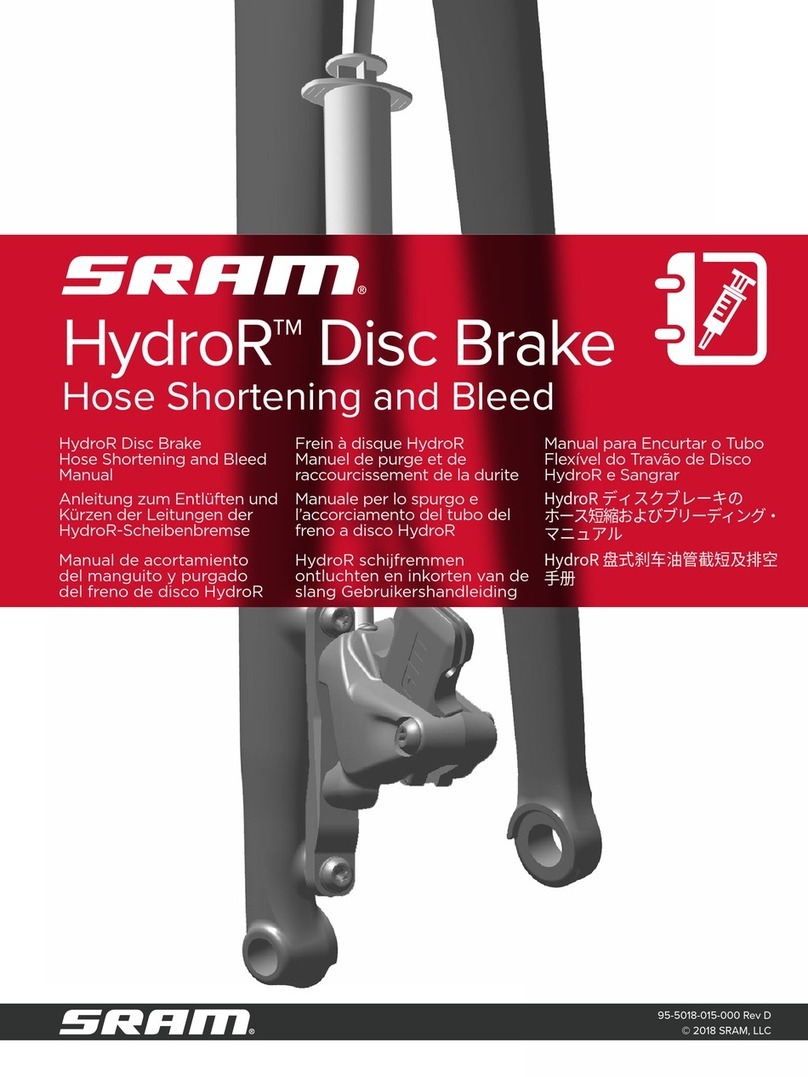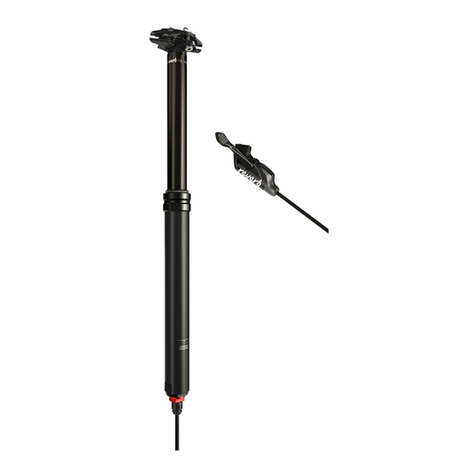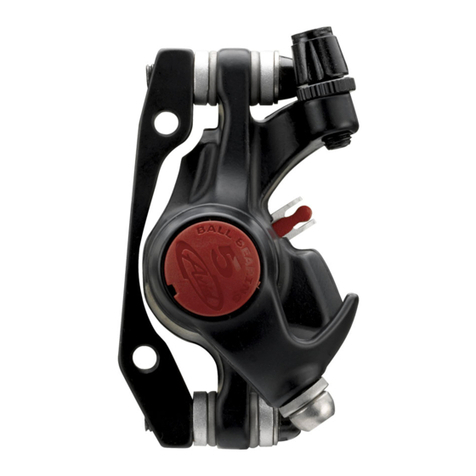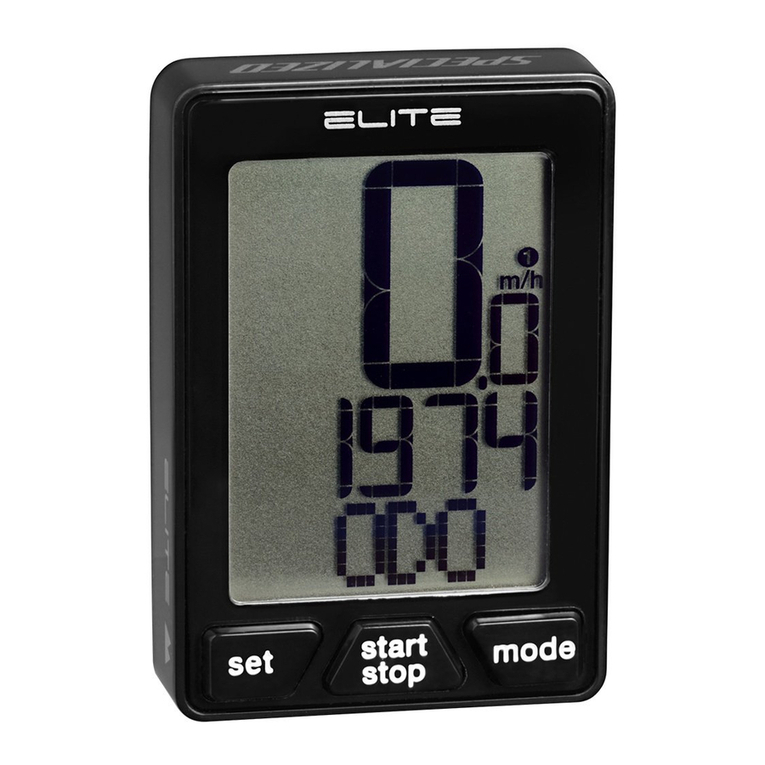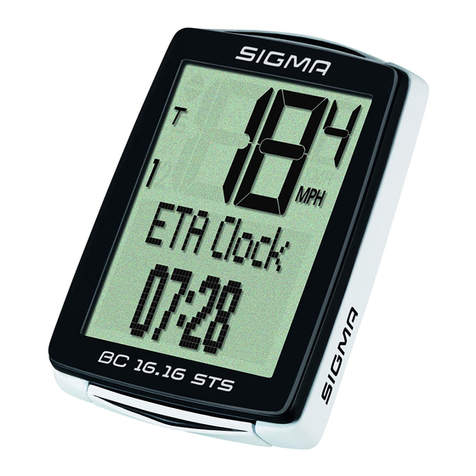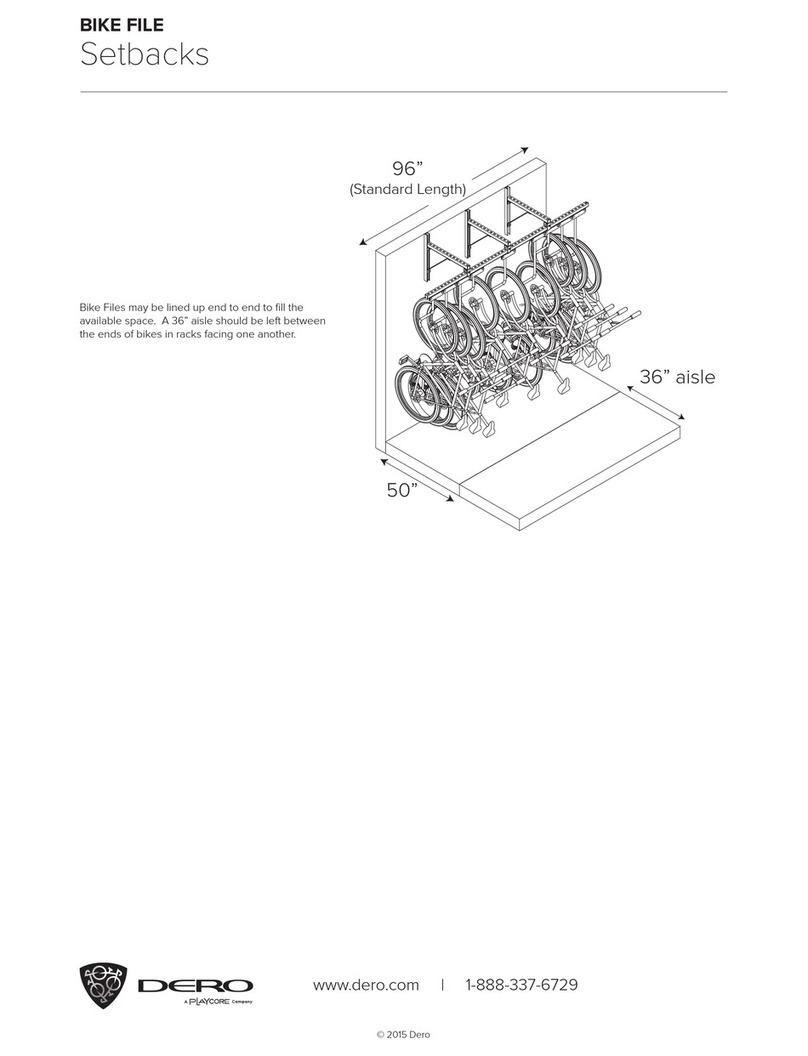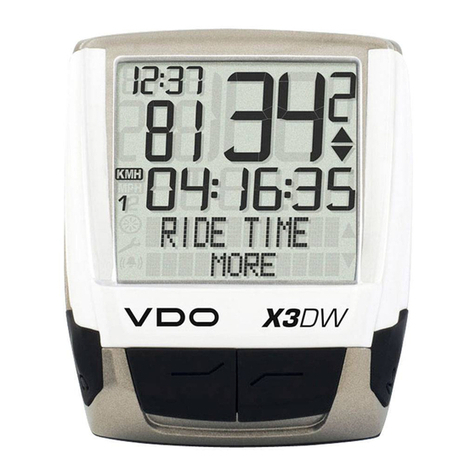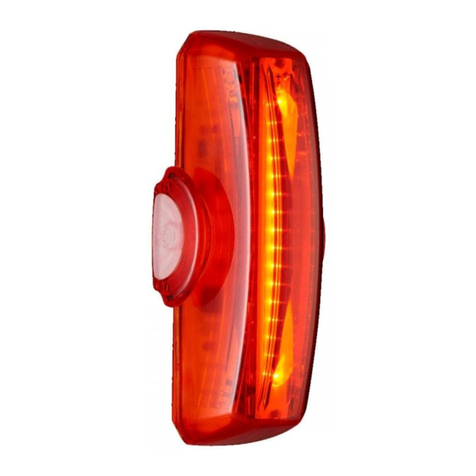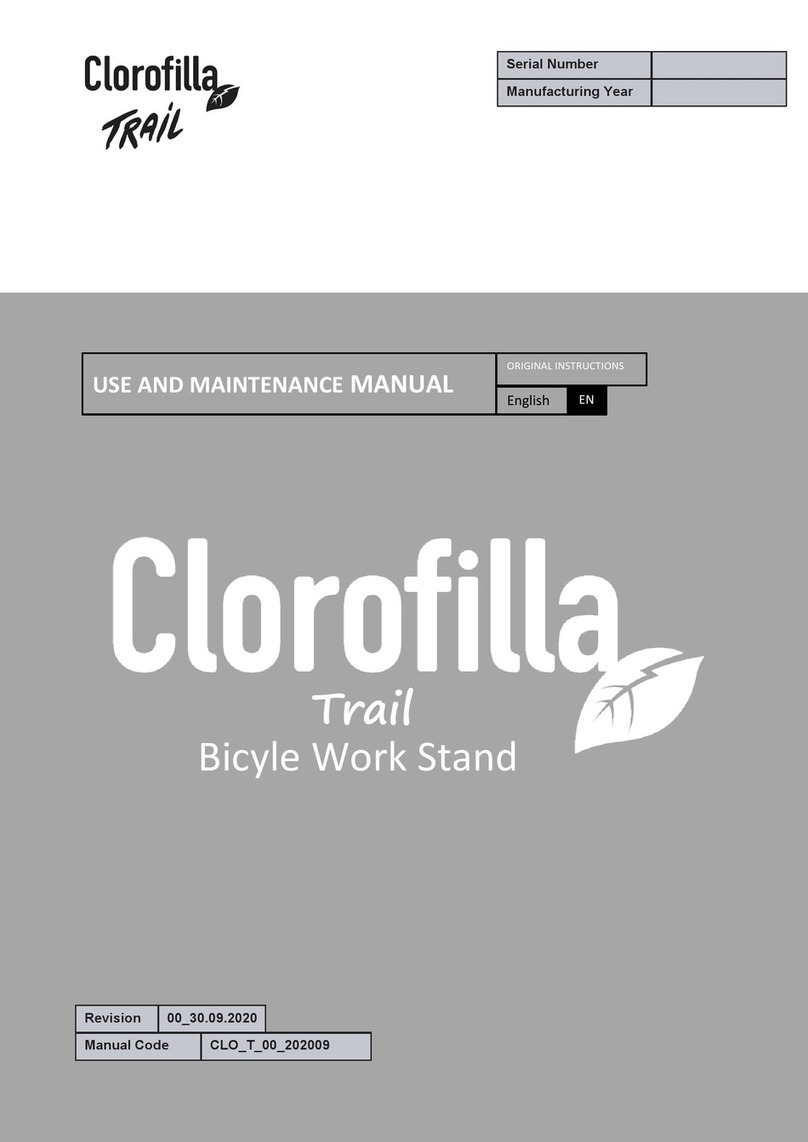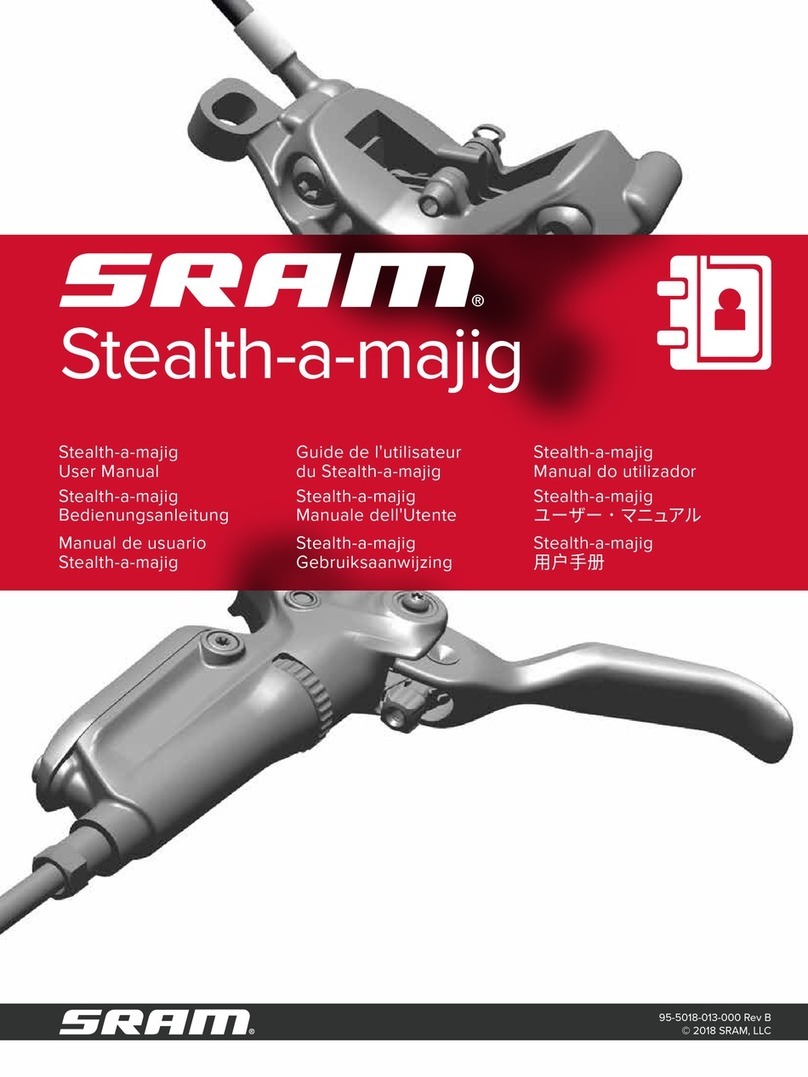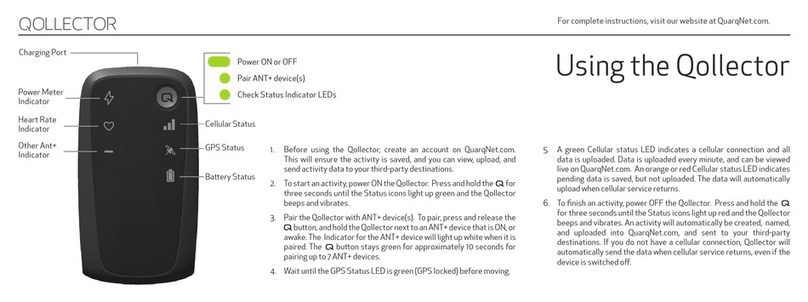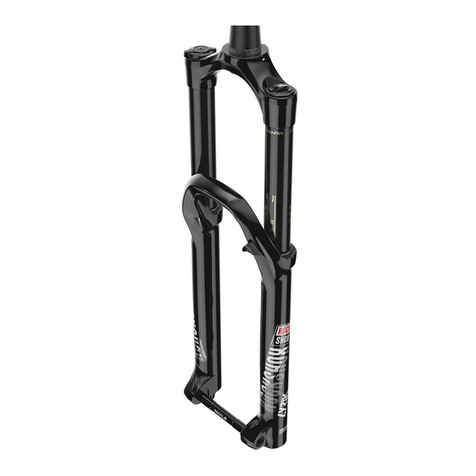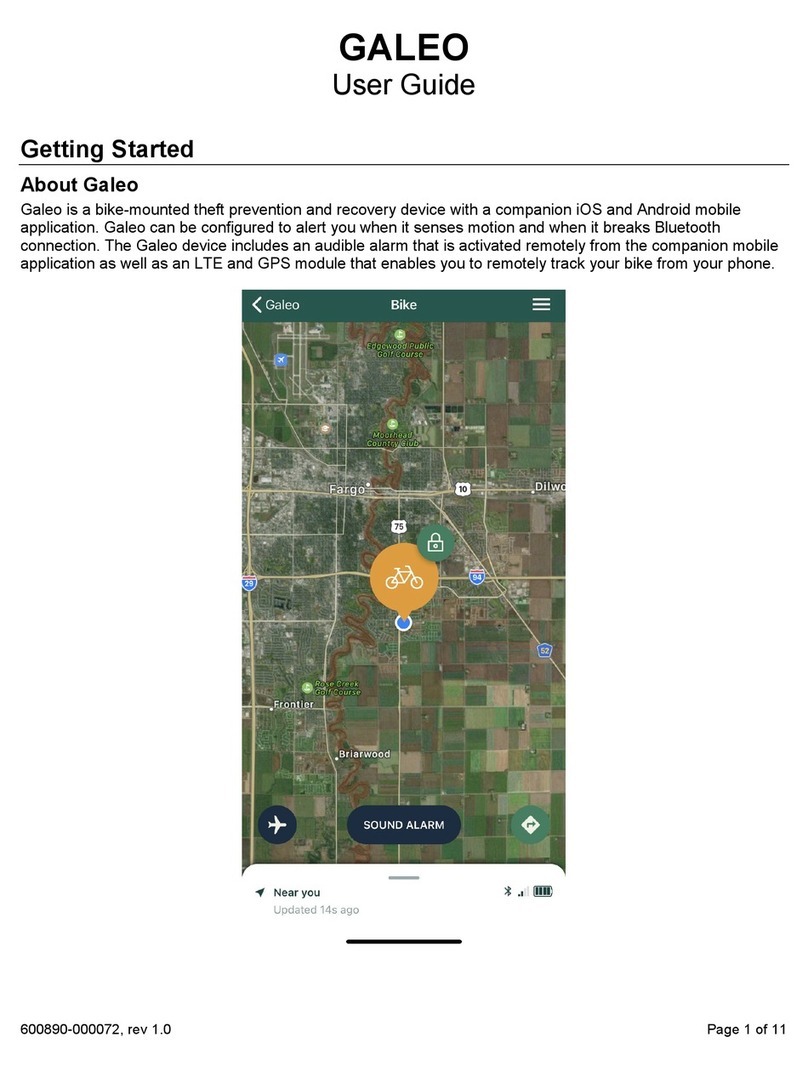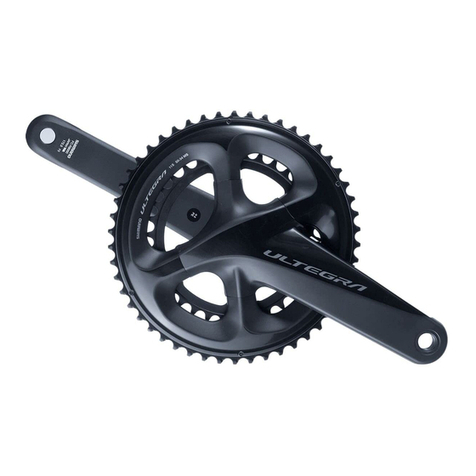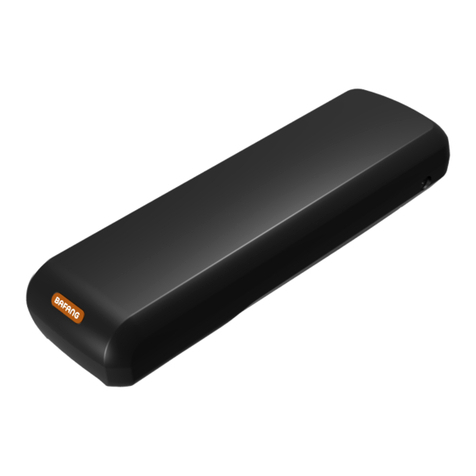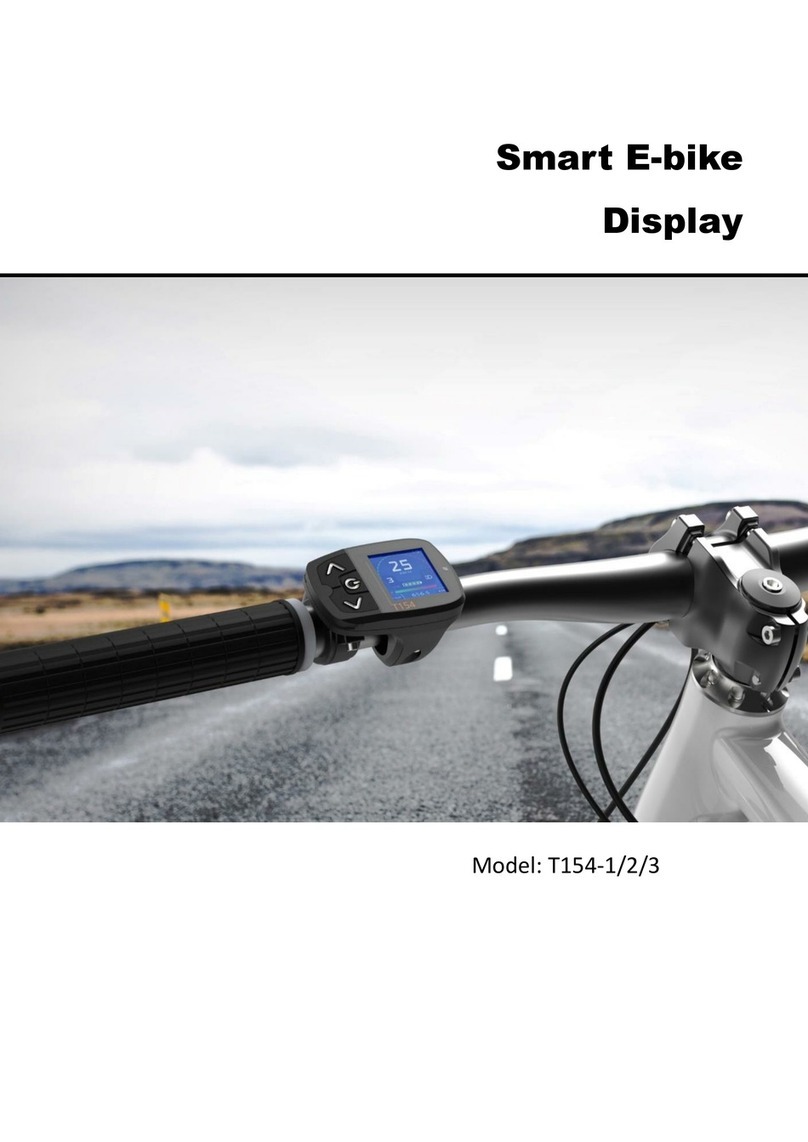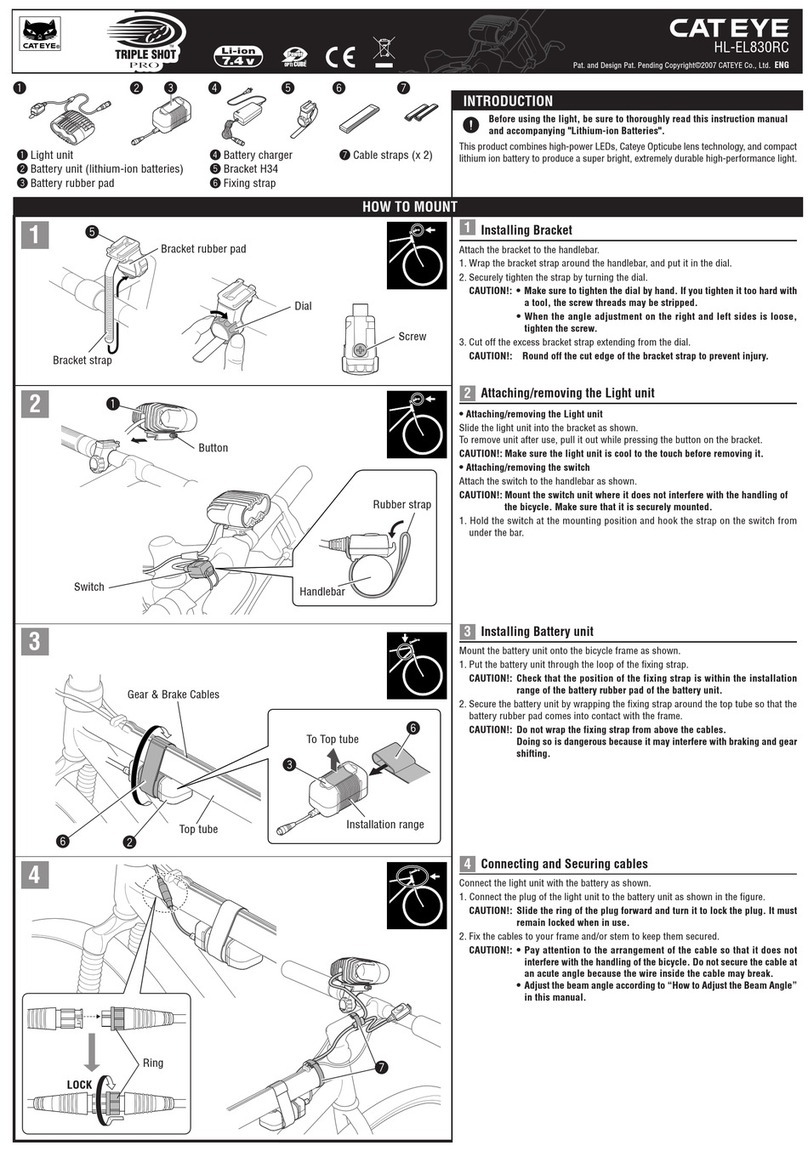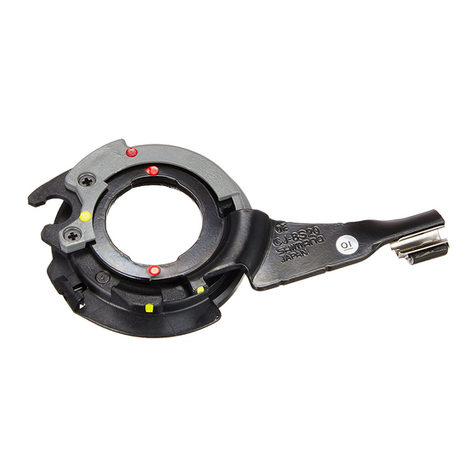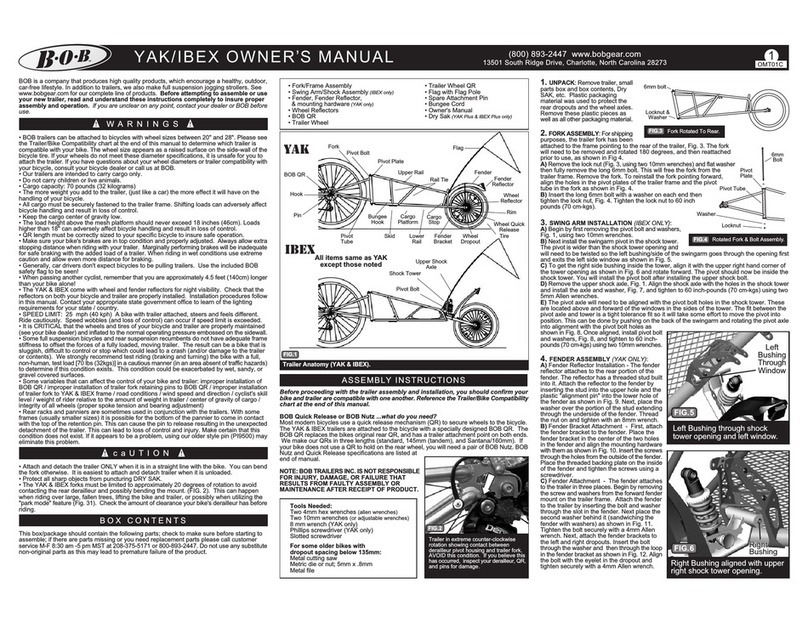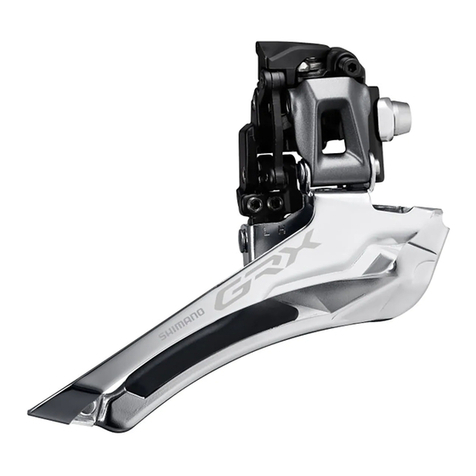7
DUALDRIVE
ASSEMBLY
Technical Manual 2006
DERAILLEUR ADJUSTMENT
Limit screw adjustment:
• View the rear derailleur and pulleys from
behind the rear of the bicycle (Fig. 9).
• Using a small screwdriver, turn the limit
screw marked ’H’ on the outer link of the
derailleur to align the upper guide pulley
center with the outboard edge of the
smallest cog – clockwise moves the
guide pulley inboard towards the wheel.
• While turning the crank, push the rear
derailleur towards the larger cogs by hand.
• Align the upper guide pulley under the
largest cog, center to center, by turning
the limit screw marked ’L’ on the outer
link – clockwise moves the guide pulley
outboard away from the spokes.
Chain gap adjustment:
Chain gap is the distance between the upper
guide pulley and the cog the chain is riding
on. Optimal chain gap is small enough to
allow quick, efficient shifts to and from any
cog, but large enough to allow smooth
shifts to and from the largest cog.
• Shift chain to the small chain ring.
• While turning the crank, push the rear
derailleur inboard by hand to the largest
cog.
• Hold the derailleur in this position while
making the following adjustment.
• Use a 3 mm hex wrench, turn the b-adjust
screw until the chain gap equals
approximately 6 mm (1/4”) from tip of the
cog to tip of upper guide pulley (Fig. 10).
– Turn the b-adjust screw clockwise to
increase the chain gap.
– Turn the b-adjust screw counterclock-
wise to decrease the chain gap.
Advice:
Do not use the b-adjust screw to adjust
the rear derailleur to act as a chain-
tensioning device or to prevent chain
suck. This increases the chain gap
causing poor shifting performance.
Index shifting adjustment:
• Check that the chain and the rear
derailleur are in the smallest cog position.
• Measure and cut the rear piece of
cable housing. Make sure that it is not
too short or long (see page 5 for figure
and chart).
• Rotate the twist shifter until the largest
number and gear indication tab/dash
line up.
• Turn the twist shifter barrel adjuster (4,
Fig. 6) clockwise fully into the shifter,
then turn counterclockwise 1 full turn.
• Feed the shifter cable through the rear
derailleur cable housing, stops and
cable guides.
• Feed the rear derailleur cable through
the rear derailleur-housing stop and
through the cable guide on the fin.
• Pull the cable tight and position it
under the cable anchor washer (Fig. 11).
• Tighten the 5 mm hex cable anchor bolt
to 4 – 5 Nm (35–45 in.lbs.).
• Rapidly shift the chain and derailleur up
and down the cassette several times. If the
cable slips repeat the two former steps.
• Shift the chain to the smallest cog.
• While pedaling, move the shifter up one
detent.
– If the chain hesitates or does not shift
to the second cog, increase the cable
tension by turning the shifter barrel
adjuster counterclockwise.
–
If the chain shifts beyond the second cog,
decrease the cable tension by turning
the shifter barrel adjuster clockwise.
• Repeat the two former steps until
shifting and cable tension is accurate.
• While turning the crank, shift the chain
up and down the cassette and chain
rings several times to ensure that your
derailleur is indexing smoothly.
5 mm
4 – 5 Nm
35 – 45 in.lbs.
11
7
10
9
8
3 mm
6 mm
(1/4")

